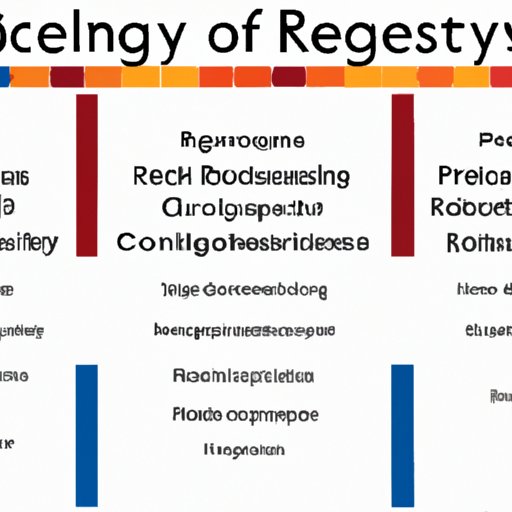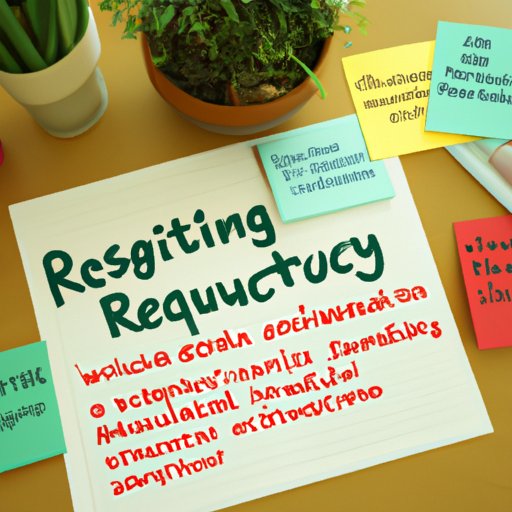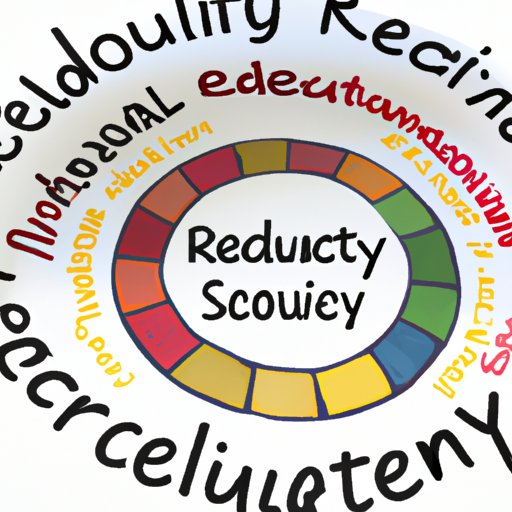Introduction
Culturally responsive pedagogy is an educational approach that recognizes and values the cultural backgrounds of all students in the classroom. It emphasizes the importance of creating learning environments that are inclusive, equitable, and meaningful to each student’s unique culture. This article will explore what culturally responsive pedagogy is, examine its benefits, and discuss strategies for implementing it in the classroom.

Defining Culturally Responsive Pedagogy: An Overview
Culturally responsive pedagogy is an approach to education that takes into account the cultural backgrounds of all students in the classroom. It is based on the idea that all students should be seen and treated as individuals, with their own unique experiences, beliefs, and values. The goal is to create a learning environment that is respectful of diversity and that encourages students to reach their full potential.
The concept of culturally responsive pedagogy has been around since at least the 1970s. According to Geneva Gay, a professor of education at the University of Washington, “Culturally responsive teaching is not a set of prescriptive practices but rather a way of thinking about teaching and learning that is grounded in teachers’ knowledge of their students’ cultures.” The primary goals of culturally responsive pedagogy are to promote equity and inclusion, foster respect for diversity, and increase student engagement and achievement.
Exploring the Benefits of Culturally Responsive Pedagogy
Culturally responsive pedagogy has been shown to have numerous benefits for students. Research by Mary Ann Villarreal suggests that culturally responsive pedagogy can lead to improved student engagement, increased academic achievement, enhanced student self-esteem, and strengthened cultural awareness.
Improved student engagement is one of the most significant benefits of culturally responsive pedagogy. When students feel respected and valued in the classroom, they are more likely to be engaged with the material being taught. Additionally, when students’ cultural backgrounds are acknowledged and taken into account, they are more likely to connect with the content and feel motivated to learn.
Increased academic achievement is another key benefit of culturally responsive pedagogy. Studies have found that when teachers use culturally responsive approaches, students are more likely to perform better academically. This is likely due to the fact that students feel more comfortable in the classroom and are more motivated to do their best work.
Enhanced student self-esteem is another advantage of culturally responsive pedagogy. When students feel like their culture is being respected and valued, it can help boost their self-confidence and sense of belonging. This can lead to increased motivation and improved academic performance.
Finally, culturally responsive pedagogy can help strengthen cultural awareness. By introducing students to different cultural perspectives, teachers can help students gain a better understanding of the world around them. This can help foster empathy and understanding among students and improve the overall classroom climate.

Examining Strategies for Implementing Culturally Responsive Pedagogy
In order to effectively implement culturally responsive pedagogy in the classroom, teachers must first establish positive relationships with their students. Building strong relationships and developing trust between teachers and students is essential for creating an inclusive learning environment.
Teachers should also strive to utilize relevant teaching materials that reflect the diverse backgrounds of their students. Incorporating books, videos, and other resources that feature characters and stories from different cultures can help students better identify with the material being taught.
Finally, teachers should aim to incorporate multiple perspectives into their lessons. This can be done by encouraging students to share their personal experiences and perspectives in class discussions, or by using case studies to explore different cultural viewpoints.

Understanding Why Culturally Responsive Pedagogy Matters
Culturally responsive pedagogy is important for a number of reasons. First and foremost, it promotes equity and inclusion in the classroom. By recognizing and valuing the cultural backgrounds of all students, teachers can create a learning environment that is welcoming and supportive of diversity.
Second, culturally responsive pedagogy can help address social justice issues in the classroom. By introducing different perspectives and encouraging open dialogue, teachers can help students develop a greater understanding of social inequity and its effects on individuals and communities.
Investigating Examples of Culturally Responsive Pedagogy in Action
To better understand how culturally responsive pedagogy works in practice, it is helpful to look at examples of it in action. Case studies and interviews can provide valuable insight into how teachers are successfully incorporating culturally responsive practices in their classrooms.
Case studies can be used to examine how teachers are using culturally responsive pedagogy to create positive learning environments in their classrooms. Interviews with teachers can also be useful for exploring how they are addressing issues of diversity and equity in the classroom.
Analyzing the Challenges of Culturally Responsive Pedagogy
Although there are many benefits to adopting a culturally responsive approach to teaching, there are also some challenges associated with it. One common challenge is the lack of resources available to teachers. Many schools lack adequate funding for culturally relevant materials and activities.
Another challenge is the lack of familiarity with different cultures. Unfortunately, many teachers are unfamiliar with the cultural backgrounds of their students, which can make it difficult for them to effectively implement culturally responsive pedagogy.

Debating the Pros and Cons of Culturally Responsive Pedagogy
When it comes to debating the pros and cons of culturally responsive pedagogy, there are a variety of arguments on both sides. Proponents of culturally responsive pedagogy argue that it is an effective way to promote equity and inclusion in the classroom, while opponents argue that it takes too much time and resources to implement effectively.
Those who support culturally responsive pedagogy point to its ability to create positive learning environments that foster respect for diversity and encourage student engagement. They also argue that it can help address social justice issues and promote greater understanding of different cultures.
On the other hand, critics of culturally responsive pedagogy argue that it is too costly and time-consuming to implement effectively. They also argue that it can be difficult for teachers to stay up-to-date on the latest research and best practices for incorporating culturally responsive pedagogy into their classrooms.
Conclusion
In conclusion, culturally responsive pedagogy is an important educational approach that can have a positive impact on students. It has been shown to lead to improved student engagement, increased academic achievement, enhanced student self-esteem, and strengthened cultural awareness. Additionally, it can help promote equity and inclusion, and address social justice issues in the classroom.
Despite its many benefits, there are also some challenges associated with culturally responsive pedagogy. These include limited resources and unfamiliarity with different cultures. Ultimately, it is up to individual teachers to decide whether or not to adopt a culturally responsive approach to teaching.
Overall, culturally responsive pedagogy is an invaluable tool for creating inclusive and equitable learning environments that recognize and value the cultural backgrounds of all students. By understanding the definition and benefits of this approach, teachers can make informed decisions about how best to incorporate it into their classrooms.
(Note: Is this article not meeting your expectations? Do you have knowledge or insights to share? Unlock new opportunities and expand your reach by joining our authors team. Click Registration to join us and share your expertise with our readers.)
